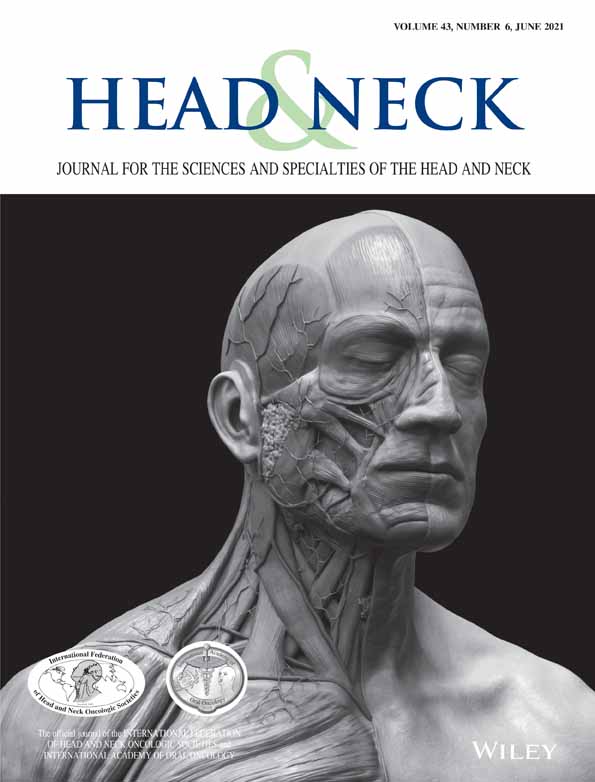Intranodal lymphangiography with thoracic duct embolization for the treatment of chyle leaks after head and neck cancer surgery
This paper was presented at the 2019 Annual Scientific Meeting of Society of Interventional Radiology, Austin, Texas, USA.
Section Editor: Martin Hullner
Abstract
Background
Thoracic duct injury is a rare complication of head and neck surgery. Thoracic duct embolization (TDE) has been proposed to manage postoperative chyle leaks.
Methods
Twelve patients who underwent lymphangiography for a chyle leak after head and neck surgery (M:F = 5:7, mean 55 years) were retrospectively reviewed. Lymphangiographic findings, technical success, complications, and clinical outcomes were analyzed.
Results
Chyle leak was identified and TDE attempted in 11 of 12 patients. Three patients required repeat TDE. Technical success of TDE was 86% (12/14). Clinical success for patients with technically successful TDE was 90% (9/10). Median time until drain removal was 2.1 days in nine patients with clinical success. Two major complications were encountered, chylothorax after initial TDE, requiring additional TDE and in one case surgical TD ligation.
Conclusions
TDE is a safe treatment for chyle leaks after head and neck surgery with high technical and clinical success rates.




